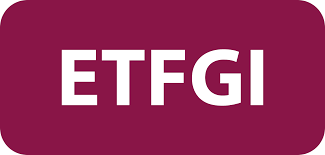The adoption of ETFs by end investors and financial advisors in the retail client channel is one of the main drivers of the growing market share of this vehicle, according to the latest Cerulli Edge-The Americas Asset and Wealth Management Edition report.
Retail financial advisor channels collectively held $4.3 trillion by the end of 2022, which is 66% of the total ETF assets. In this context, the wirehouse channels ($1.2 trillion) and independent RIAs ($1.1 trillion) are the two largest segments of retail financial advisor intermediaries in terms of ETF assets, collectively representing more than $2.2 trillion in total ETF assets, adds Cerulli.
Financial advisors report an increasing use of ETFs in the future, regardless of the channel.
Independent RIAs are expected to continue leading the trend, with a forecasted allocation of 39% to ETFs, while hybrid RIAs estimate an allocation of 32.7%.
Independent intermediaries foresee allocations close to 22%, while wirehouses expect to remain near 20%.
Another catalyst for ETF flows is asset allocation model portfolios, in which ETFs have become a significant component.
According to Cerulli, asset managers and external strategist model providers have an asset-weighted average allocation of approximately 54% to ETFs.
12% of financial advisors’ assets are held within practices that primarily use model portfolios as their portfolio construction process. However, Cerulli estimates that 24% of assets are within practices considered targets for model portfolios.
“The sector will continue to see the adoption of models as wealth management home offices push advisors towards them and they realize the resulting benefits,” says Matt Apkarian, associate director.
Given the industry’s move towards model portfolios, ETF providers should seek placement opportunities within both proprietary and third-party model portfolios.
“We expect the ETF to have more weight in model portfolio construction as newer products start to reach their three- and five-year track records, which are typically needed for consideration,” concludes the report.




